Introduction to Bloomerang Lilac
The Bloomerang Lilac (Syringa x ‘Penda’) is a completely particular, reblooming sort of lilac that has captured the hearts of gardeners due to its capability to bloom now not just as soon as, but a couple of times during the developing season.
Unlike traditional lilac sorts that offer a unmarried, brief-lived bloom in spring, Bloomerang Lilacs produce an preliminary wave of fragrant blossoms in spring, take a brief relaxation, after which bloom once more from mid-summer season thru fall. This makes them a superb desire for folks who need non-prevent color and perfume in their lawn.
Introduced through Proven Winners in 2009, Bloomerang Lilacs rapidly gained recognition for his or her compact period, resistance to powdery mold, and remarkable reblooming talents. Their deep lavender to crimson vegetation now does not best add aesthetic appeal to gardens however moreover lure butterflies and hummingbirds, making them a face for natural international fanatics.
When and Where to Plant Bloomerang Lilac

Where to Plant
Bloomerang Lilacs thrive in a large style of garden settings, furnished to preserve the proper conditions. They are nice for borders, base plantings, and at the identical time as standalone specimens. Their compact length—commonly accomplishing approximately 4-6 toes in every top and width—makes them suitable for smaller gardens, patios, and concrete spaces wherein conventional lilacs is probably too big.
Bloomerang Lilacs pick out complete sun, so choose a niche for your garden that gets at least 6 hours of direct daytime every day. While they may be capable of tolerating partial color, the variety and variety of blooms can also decrease in a great deal much less solar. It’s moreover crucial to ensure they may be planted in a region with correct air flow to assist prevent fungal illnesses like powdery mold.
When to Plant
The exceptional time to plant Bloomerang Lilacs is in early spring or fall whilst the temperatures are cooler and the plant life has time to establish their root structures in advance than severe warmth or cold gadgets in.
Avoid planting in some unspecified time in the destiny of the height of summer time while the warmth can pressure the flowers. If you purchase a potted Bloomerang Lilac, it can be planted any time the ground isn’t frozen, however spring and fall live the proper planting seasons.
How to Plant Bloomerang Lilac
- Select a Site: Choose a sunny location with nicely-draining soil. Avoid areas that generally tend to become waterlogged or that have dense clay soils that keep moisture. Lilacs do no longer like “moist feet.”
- Prepare the Soil: Before planting, loosen the soil and mix in herbal count like compost to enhance drainage and fertility. Aim for soil with a slightly alkaline pH, amongst 6.Five and seven.Zero. If your soil is simply too acidic, you could amend it with lime.
- Dig the Hole: Dig a hole that’s twice as huge and truly as deep as the inspiration ball. The more width allows the roots to spread out more without problem.
- Plant the Lilac: Place the Bloomerang Lilac in the hole, ensuring that the top of the foundation ball is degree with the encompassing soil. Backfill with soil and press down lightly to do away with any air pockets.
- Water: Water the newly planted lilac very well. Lilacs want masses of moisture, mainly of their early stages of increase.
- Mulch: Apply a 2-three inch layer of mulch around the base of the plant, maintaining it approximately 2 inches away from the stem to prevent rot. Mulch enables moisture and keeps the roots cool.
Bloomerang Lilac Care Tips
Light
As said earlier, Bloomerang Lilacs want complete sun for max pleasant increase and bloom manufacturing. At least 6 hours of direct sunlight each day is important. In more shaded regions, they will but develop however count on fewer flowers and probable greater susceptibility to disorder.
Soil and Water
Bloomerang Lilacs choose out well-draining, barely alkaline soil. Heavy, waterlogged soils can result in root rot, so right drainage is essential. If your soil is evidently clay-heavy, keep in mind amending it with compost or planting your lilac in a raised bed.
In phrases of watering, Bloomerang Lilacs want steady moisture, specially of their first few years of boom. Water deeply as soon as constant within a week, imparting approximately 1 inch of water, specially in the course of dry spells. Mature lilacs are rather drought-tolerant, however at some stage in periods of extended dryness, additional watering will ensure non-prevent blooming.
Temperature and Humidity
Bloomerang Lilacs are hardy in USDA zones three-7, that means they could withstand bloodless winters, making them an excellent opportunity for northern gardeners. In warmer climates, in which summer time warmth may be more intense, lilacs might also additionally battle, mainly inside the occasion that they do not get enough water. They additionally require a period of wintry weather to lighten up to bloom efficiently.
While humidity isn’t normally a problem, it could increase the hazard of fungal illnesses like powdery mold. Proper spacing and appropriate air movement are key to preventing these problems in humid environments.
Fertilizer
Bloomerang Lilacs don’t want heavy feeding. Too much fertilizer, mainly excessive-nitrogen kinds, can result in lush foliage at the fee of blooms. In spring, earlier than the first bloom cycle, you could comply with a balanced, sluggish-release fertilizer (like a ten-10-10 additives) or paintings in compost throughout the base of the plant. Avoid over-fertilizing, as this can encourage foliage boom over vegetation.
Pruning
Pruning Bloomerang Lilacs is essential for keeping their shape and encouraging more blooms. Since they bloom on each antique and new timber, pruning has to be performed without delay after the primary bloom cycle in spring.
Cut back spent flora to encourage the plant to place power into reblooming later inside the summertime. If your lilac is becoming too large or unruly, you could also perform a little slight pruning to shape the plant.Avoid heavy pruning in late summer time or fall, as this could get rid of buds that could produce flowers the subsequent spring.
Potting and Repotting Bloomerang Lilac
Bloomerang Lilacs can be grown in packing containers, however they’ll need large pots, as their root systems are huge. Use an area with accurate drainage holes and fill it with a super potting blend. Lilacs in boxes may additionally dry out faster than the ones in the ground, so ordinary watering is essential.
Repotting is typically desired each 2-3 years, or even as you notice the plant becoming root-certain. Select a pot that is barely larger than the contemporary one, and refresh the soil at some point of repotting.
Pests and Problems
While Bloomerang Lilacs are specially evidence closer to many common lilac pests, they may though be suffering from aphids, lilac borers, and scale insects. Aphids, particularly, can motivate the leaves to curl and deform, at the same time as lilac borers can damage stems. If you are aware of pests, deal with them with insecticidal soap or neem oil.
In terms of sicknesses, powdery mold is the maximum not unusual problem, specially in humid or poorly ventilated areas. This fungal contamination motives a white, powdery coating on the leaves. To prevent powdery mildew, make sure proper air flows across the plant and avoid overhead watering.
How to Propagate Bloomerang Lilac
Bloomerang Lilacs may be propagated through cuttings, however it could be a sluggish device. The pleasant time to take cuttings is in the past due spring or early summer time after the primary bloom. Follow the ones steps:
- Take Cuttings: Choose healthful, non-flowering stems which are probably approximately 6 inches prolonged. Cut absolutely below a leaf node.
- Prepare the Cutting: Remove the lower leaves from the reducing, leaving a few on the pinnacle.
- Rooting Hormone: Dip the cut cease of the stem in rooting hormone to encourage faster root development.
- Plant: Place the decreasing in a pot packed with a nicely-draining blend of perlite and peat. Water lightly and cowl the pot with plastic to create a wet environment.
- Care: Keep the cutting in a high-quality however indirect mild region. It also can take numerous weeks for roots to shape, and once they have, you may transplant the cutting into a bigger pot or into the lawn.
Bloomerang Lilac Companion Plants
Bloomerang Lilacs pair pretty with wonderful flowers that thrive in comparable conditions. Consider planting them with:
Bleeding Heart (Dicentra)
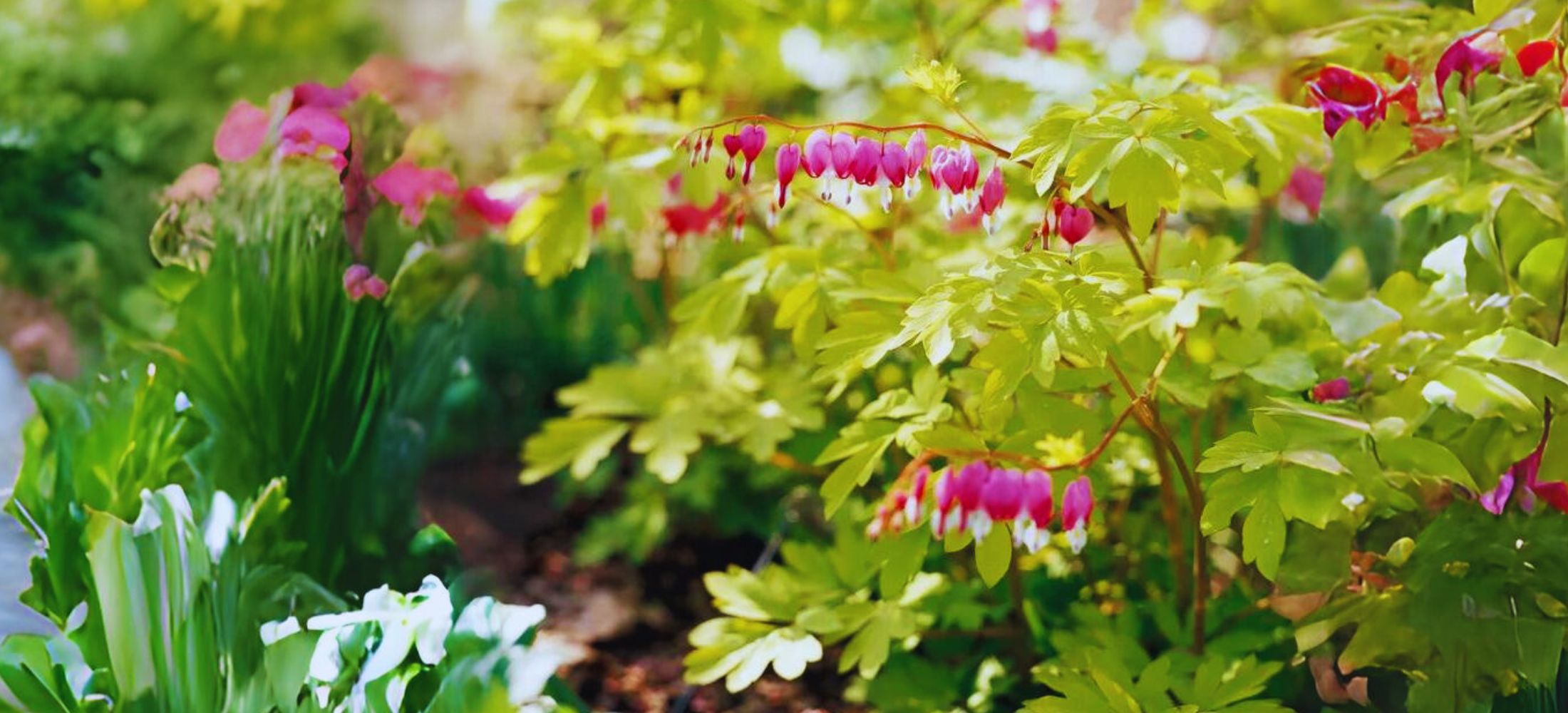
Bleeding Heart, identified for its smooth, heart-long-mounted flowers, is a brilliant companion for Bloomerang Lilacs. These captivating perennials bloom in spring, right throughout the time the primary wave of lilac blossoms appears. The pink, white, or purple plant life of the Bleeding Heart maintains from arching stems, providing a sensitive and romantic look that contrasts pretty with the bigger, greater clustered blooms of the lilac.
Their fern-like, green foliage creates a slight and airy texture that contrasts with the lilac’s denser leaves. Additionally, Bleeding Heart flourishes in partially shaded regions, making it a remarkable preference to plant close to the slightly shaded edges of your lilac bushes. After the spring bloom, Bleeding Heart frequently goes dormant inside the summertime warmth, allowing the lilac’s 2d bloom cycle to take middle degree.
Solomon’s Seal (Polygonatum)
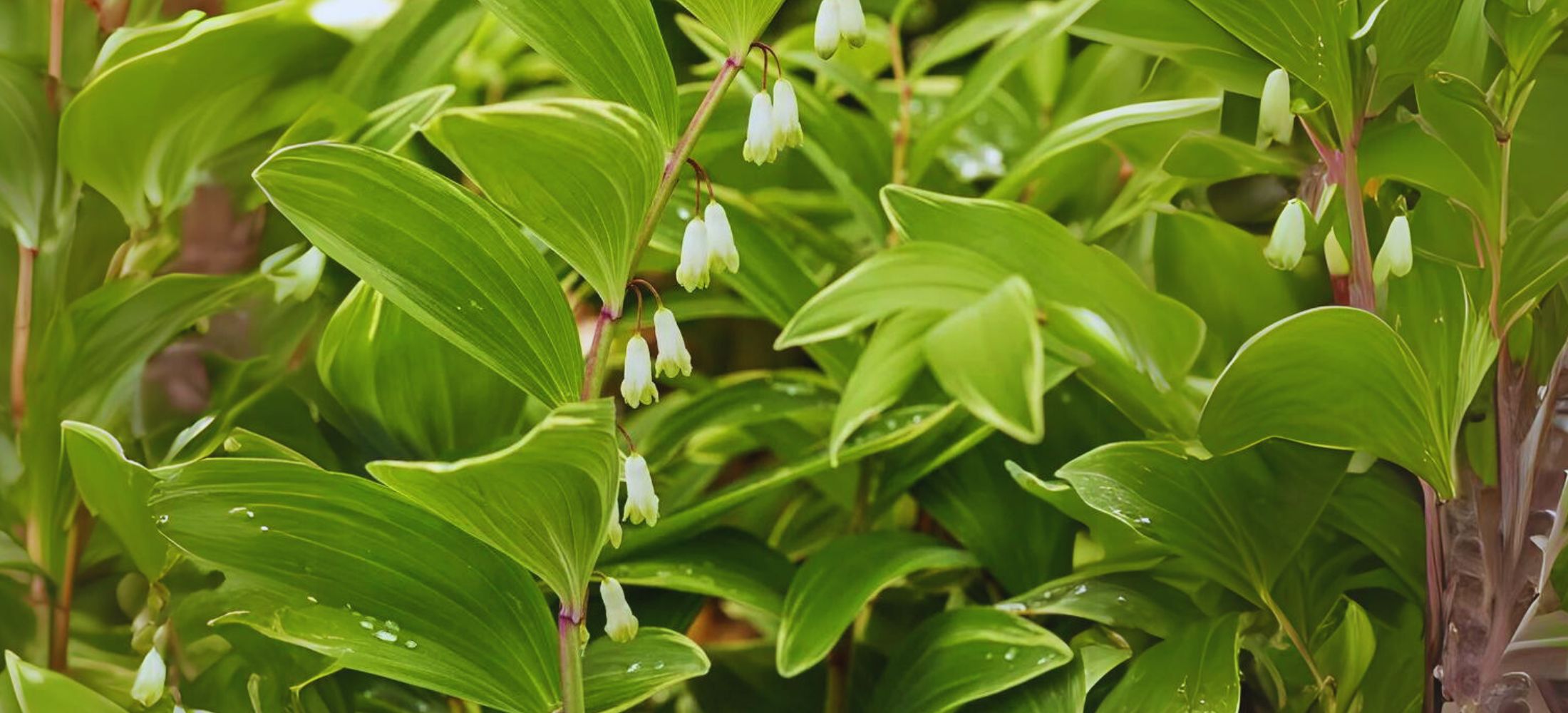
Solomon’s Seal is a fashionable, woodland perennial that provides a hint of sophistication to any garden. Its tall, arching stems and pendulous, bell-formed white or cream vegetation bloom in spring and early summer season, complementing the lilac’s early-season blossoms. The plant’s sleek, flowing shape contrasts with the upright, extra compact nature of the Bloomerang Lilac.
Solomon’s Seal is a coloration lover, making it an incredible associate for planting inside the slightly shaded regions near or at the back of your lilacs. Its lush green foliage persists lengthy after the blooms have faded, offering a backdrop for the lilac’s reblooming cycle later in the twelve months. The plant’s diffused, understated splendor provides depth and size to lawn beds at the same time as offering texture and motion.
Siberian Iris (Iris sibirica)
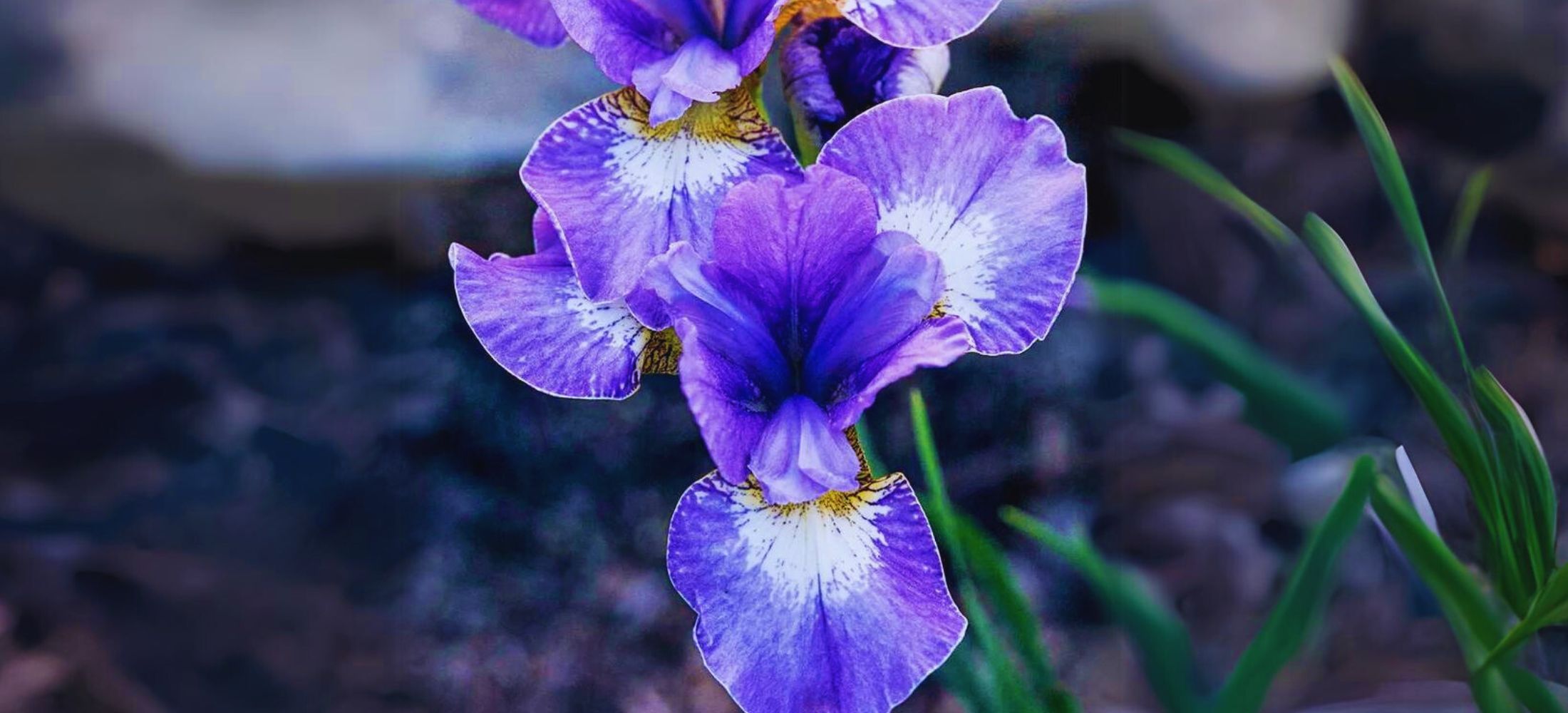
Siberian Iris is a setting perennial that has tall, sword-like foliage and colorful, showy blooms in solar sun shades of blue, crimson, and white. Blooming from late spring to early summer time, the Siberian Iris complements the preliminary bloom of Bloomerang Lilacs and extends the color palette to your lawn properly into the summer time months.
The upright, narrow nature of the iris foliage affords a placing evaluation to the rounded and hairy shape of lilacs, developing a nice architectural impact for your panorama. Its blooms, at the same time as fantastic in shape, harmonize with the lilac’s clusters, presenting each variety and concord for your garden. Siberian Iris thrives in the entire sun and nicely-worn-out soil, making it a tremendous form for the situations lilacs love.
Catmint (Nepeta)
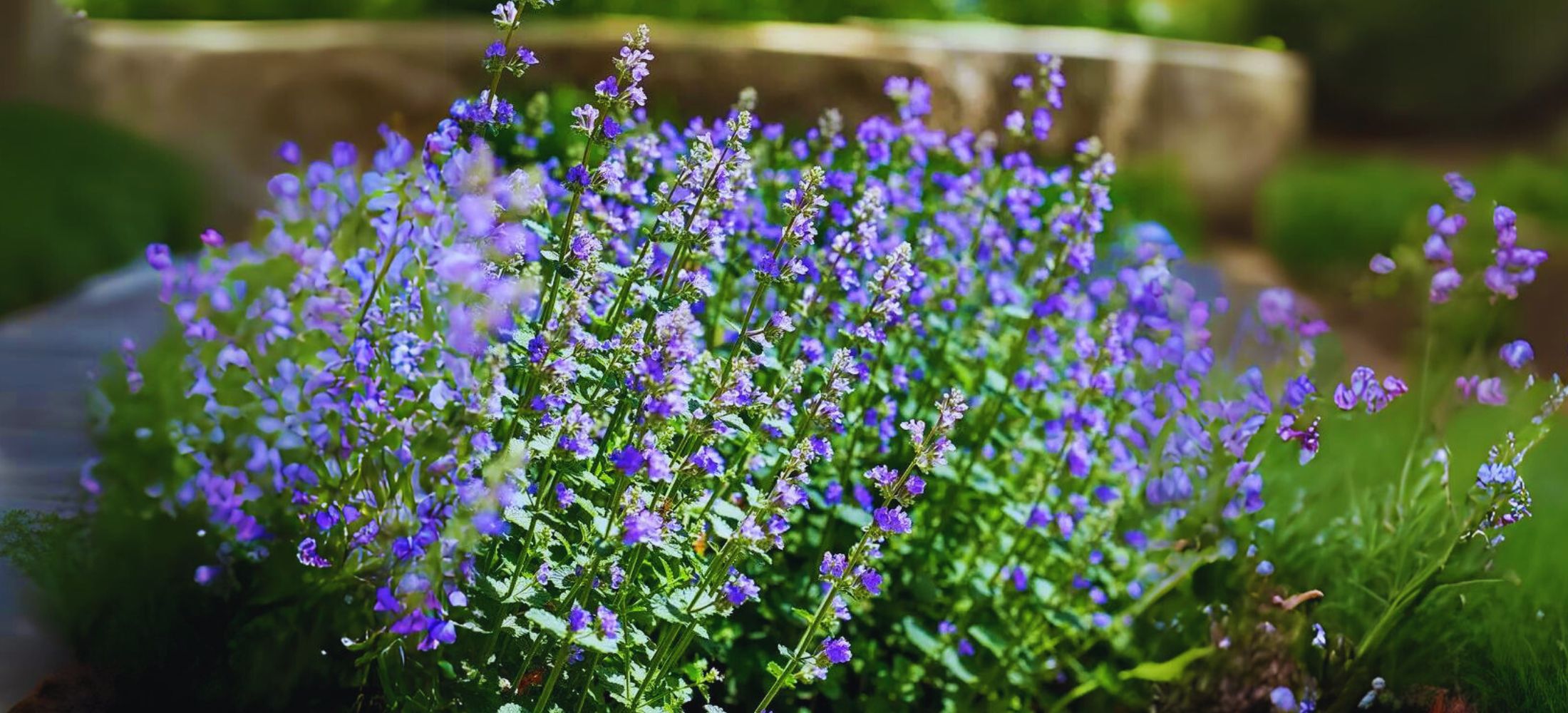
Catmint is a low-developing perennial with silvery, fragrant foliage and easy blue to lavender flowers. It is an exceptional floor cowl or border plant to pair with Bloomerang Lilacs, as it provides a layer of color and texture throughout the bottom of the lilac bush without overwhelming it. The gentle blue flora of catmint complement the lavender or pink shades of the lilac blossoms, developing a calming, monochromatic impact within the garden.
Blooming in overdue spring through summer time, catmint prolonged-lasting plant life helps bridge the space of a number of the lilac’s first and 2d bloom cycles. Its drought tolerance and love for sunny locations make it an clean-to-broaden accomplice, requiring minimal protection.
The evaluation among catmint’s wispy, flowing stems and the greater strong, upright shape of the lilac bush offers a seen hobby and a natural, cottage-garden feel on your panorama. Additionally, catmint in all fairness appeals to pollinators like bees and butterflies, which further beautify the biodiversity and ecological rate of your garden.
Conclusion
The Bloomerang Lilac is a project-changer for lilac fans who want greater than a as quickly as-a-3 hundred and sixty five days show. With proper care and interest in planting place, soil, water, and soil conditions, this flexible shrub will reward you with repeated waves of aromatic, colorful blooms from spring through fall. Combining it with the right partner plant life like bleeding coronary heart, catmint, and Siberian iris can beautify its splendor even similarly, making your lawn a lush and fragrant sanctuary for lots of months of the year.
Read more: Guide to 24 Pink Flowers that Brighten Up Your Garden

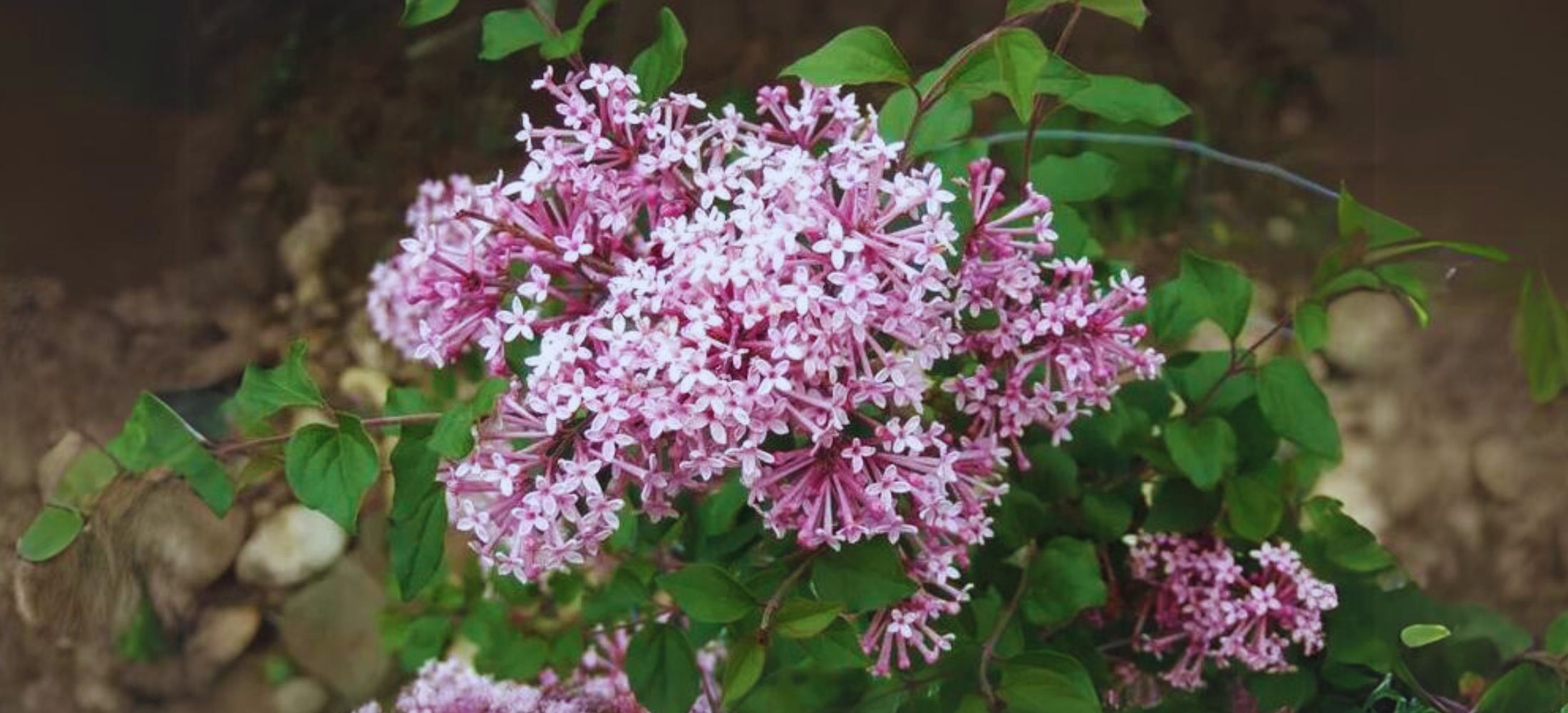








1 thought on “How to Plant and Grow Bloomerang Lilac_2024 guide”